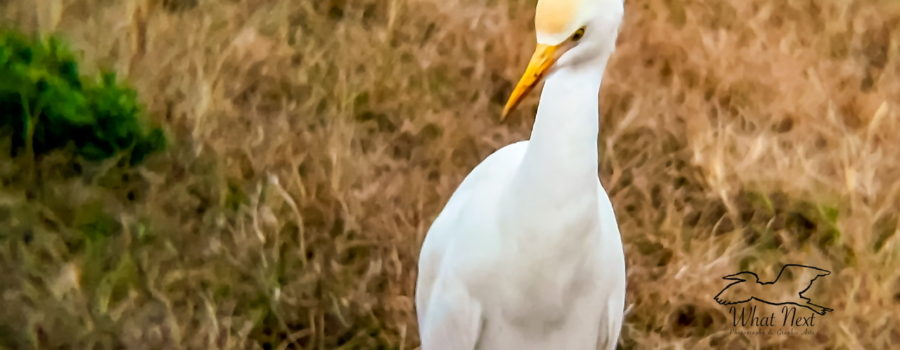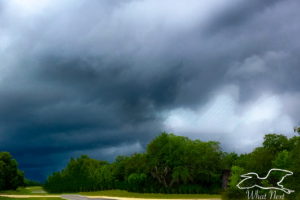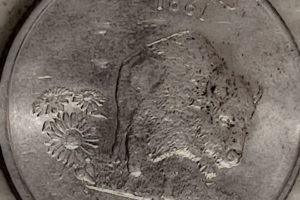The Beautiful Cattle Egret is a Sensational Environmental Success Story

Since I began doing my photography seriously, I have wanted to capture some decent images of two different species that are common around here, but have eluded me. Those were the white ibis (Eudocimus albus) and the cattle egret (Bubulcus ibis). I have photographed both before, but not really gotten the image quality that I really wanted. I take all of my photos with my iPhone, which overall has an incredible camera, but even the latest models are a little lacking in their telephoto capabilities. I have purchased a couple of telephoto lenses, both of which have pros and cons, but I was still getting slightly out of focus and/or noisy photos. But if I have learned one thing about photography, it’s that it is a great learning process, so I keep practicing and I keep reading and studying, and over time I have definitely seen my shots improve.

About a week ago, I ran across a flock of young white ibises feeding on the large, grassy lawn of one of our local churches. I spent about an hour taking photos of them and although there were plenty of duds, I was pleased with quite a few of the images. Then, earlier this week, I noticed three cattle egrets feeding in the grass behind our office. In the seven years I’ve been at that office, I have never seen cattle egrets there before, so I knew I had to jump on the opportunity. I was so excited that I dropped the camera twice, once while attaching the lens and once while setting up the tripod. Both times the racket (and my swearing under my breath) scared the birds away from me, but once things were quiet they came closer again. I spent another hour or so taking shots of them and just watching their entertaining antics while they tried to steal from each other and raced around from place to place bobbing their heads. When I was done, I finally realized that my hands were like icicles and I was shivering cold since it was about 40 degrees out and in my excitement I didn’t even put on my jacket!

The cattle egret, also known as the cow crane, cow bird, cow heron, elephant bird, or rhinoceros egret is well known for it’s habit of following large grazing animal around and feeding on the insects that they stir up. They will also sometimes ride on their grazing companions and pull off ticks and flies, which they will eat. Their diet mainly consists of insects such as grasshoppers, crickets, adult flies and maggots, moths, and beetles, but they will also eat spiders, frogs, small snakes, earthworms, lizards, and even occasionally small birds and mammals. As well as following grazing animals, these birds can also often be seen following tractors and harvesting equipment. Although in this country we frequently call them egrets due to their predominantly white plumage, they are actually more closely related to herons than they are to egrets, but unlike other herons, they rarely feed in the water, and have actually lost the ability to make adjustments for water refraction.

While many, many of our wildlife species populations are dwindling, the cattle egret is one success story. Depending on the account you read, these birds are either native to Europe and spread to Africa or vise versa. Either way, they made their way across the Atlantic to Guiana and Suriname in 1877. They were first seen in the United States in 1941 and were first seen breeding in 1953 in Florida. Since then they have spread as far north as southern Canada and as far west as California. They are now considered year round residents in Florida (although there are always more in our area during the summer than in the winter). It is believed that one of the major reasons for the cattle egret’s great success is it’s association with agriculture. As more and more people began keeping grazing animals, more opportunities opened up for these birds. They are considered invasive in a few areas, but in most of the world they have simply taken over an unused niche and have done little if any environmental damage or displaced native species. Regardless, they seem to be well established in this area now, and don’t seem to be going anywhere.






Recent Comments